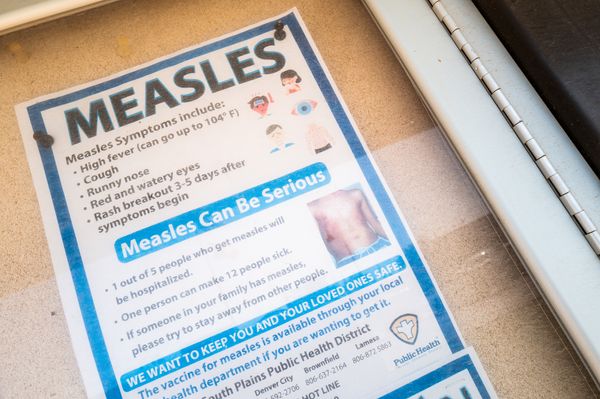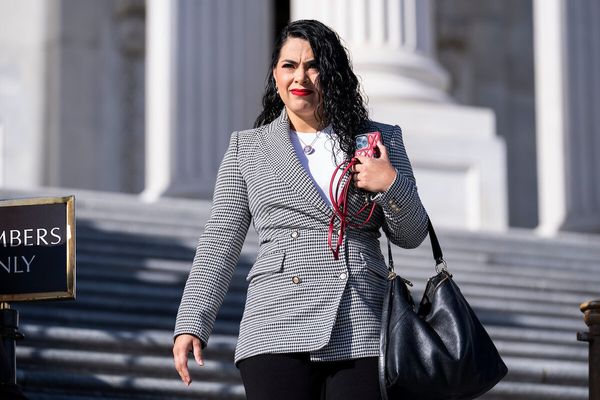Monsoon is here and expected to gain momentum in the coming days, but are households in Bengaluru letting it all go down the drain or making the effort to harvest rainwater?
According to data by the Bangalore Water Supply and Sewerage Boards (BWSSB), Bengalurians are not harvesting water to their potential, with many properties yet to set up rainwater harvesting (RWH) systems. According to data provided by the Bruhat Bengaluru Mahanagara Palike (BBMP), as of July 2019, Bengaluru has 19 lakh housing properties; however, so far, only 1,88,433 properties (about 10%) have RWH systems, and the BWSSB has collected a fine of ₹1.96 crore from violators who are yet to install the systems on their properties.
An old law not enforced
It was way back in 2009 that the BWSSB made it mandatory for new constructions on a site measuring 30x40 feet to either recharge rainwater or store it in a sump or tank. In 2021, the BWSSB passed the Bengaluru Water Supply and Sewerage (Amendment) Act, 2021, and made it mandatory for all constructions on sites measuring 60x40 feet, including those built prior to 2009, to have RWH systems in place. However, to this day, many homes and properties in Bengaluru still lack RWH systems.
“We have popularised RWH in many areas across the city and have made it mandatory for new properties bigger than 30x40 feet to install rainwater harvesting systems. We are educating property owners to reuse rainwater and recharge the groundwater,” says N. Jayaram, Chairman, BWSSB.
Residents who have been harvesting rainwater are a happy lot. Speaking to The Hindu, Sushma Rao, a resident of Uttarahalli, says, “We have had the RWH system ever since our house was built and have never been short on water supply though many parts of the area have faced a shortage of water for many years now. However, harvesting rainwater is not the only form of sustainability; at our home, we reuse water and waste from the kitchen to water our plants and make our own compost.”
Umashankar S.D., a resident of J.P. Nagar 8th Phase, says neighbours who do not have RWH systems are suffering from a shortage of water supply. “Since it is mandatory to have RWH systems at properties when we bought this house, we made sure the property came with the unit. Cauvery water is supplied just thrice a week in our area, which again is not guaranteed. Since we moved here, we have never faced a shortage of water as we have an RWH well that is 20 ft deep. It stores enough water for many months. However, we have heard complaints of shortage of water from our neighbouring residences as most of them do not have RWH systems, and their borewells are also drying up. Despite having borewells, they are dependent on water tankers.”

Integrated metering
Activists believe that the civil agency should do more to ensure RWH units are installed in all households. Sandeep Anirudhan, Convenor, Citizens’ Agenda for Bengaluru and Coalition for Water Security, says most RWH units are not operational, and the BWSSB must have an integrated metering for every property.
“RWH is mandated under various laws, and a building cannot legally obtain BWSSB water/sewage connection nor an occupation certificate unless they implement RWH. Most small, medium, and even large buildings that are cropping up in Bengaluru do not have official building plan approvals, do not obtain occupation certificates and are unauthorised. Despite this, they obtain water and electricity connections. In this state of pervasive lawlessness that Bengaluru is drowning in, who will even bother to enforce RWH?”
“Even in the authorised apartments and large buildings, the RWH is only installed due to the mandate of law, but they generally are not maintained or kept operational. What we require is an integrated metering for every property that measures the rainwater collected, the borewell water drawn, and the BWSSB water supply provided, and incentivises good behaviour by reductions in bill based on the RWH collected,” Mr. Anirudhan argues.

More demand this season?
On the brighter side, at least some companies that set up rainwater harvesting systems say that demand for installations has gone higher this year. For instance, Sunil Mysore, the founder of Hinren Engineering, based in J.P. Nagar, says, “Every monsoon, there is a peak right from the first rain of the year. This year the demand has been slightly more than usual. Usually, from the months of May to August, every week, we would get 4-5 requests per week. This year we are getting around 7-8 requests every week.”
Talking about how much rainwater can be saved, Mr. Mysore says, “In a city like Bengaluru that has an average precipitation of 975 millimetres, 1 square foot of a roof area can easily harvest about 80 litres of water in a few showers. If a property is 100 square feet wide, one will be able to save 80,000 litres of rainwater on average in a year. At apartments that are widely spread and have a rooftop of 1,000 square feet, they will easily save 8 lakh litres of water per year. The bigger the catchment or the rooftop, the more rainwater can be harvested.”







